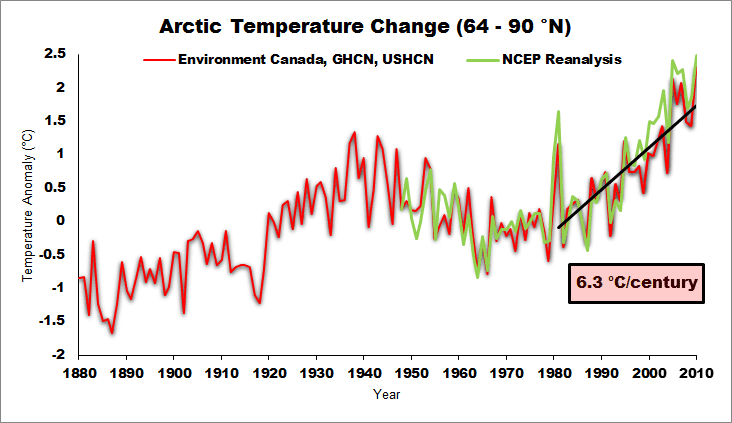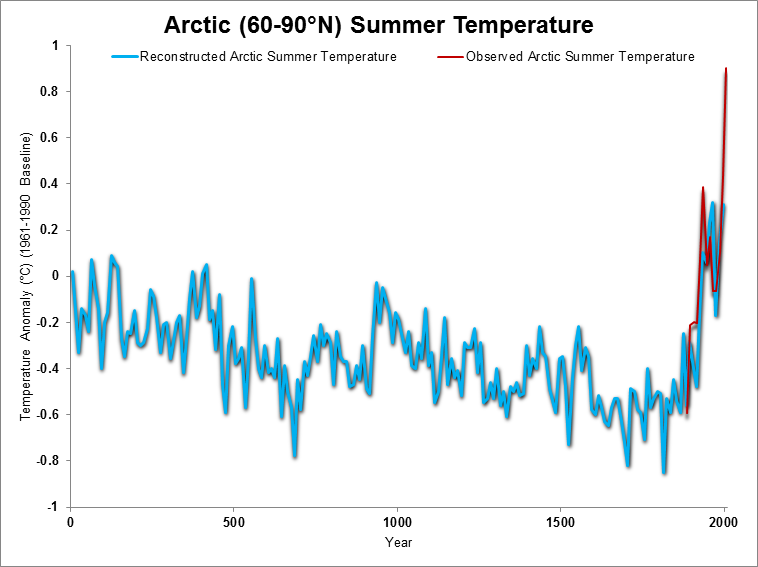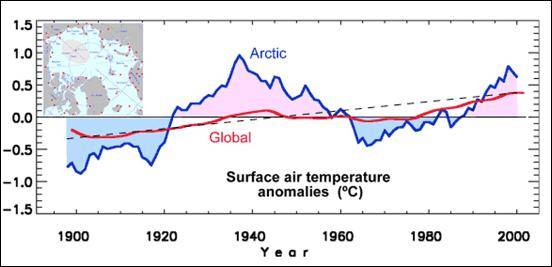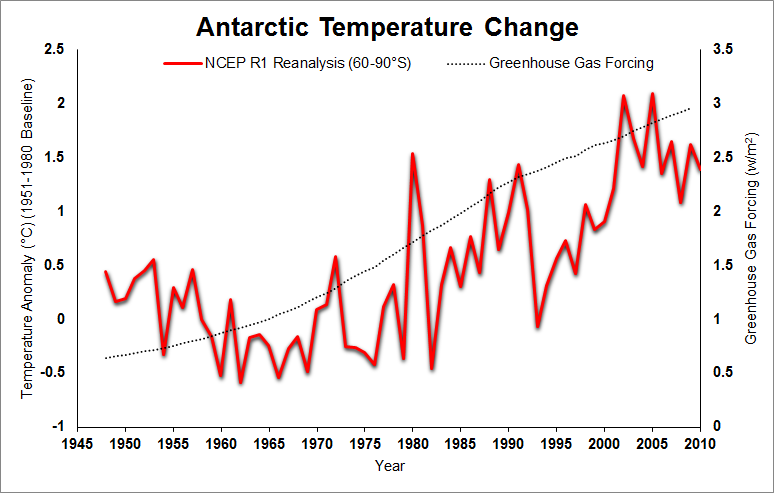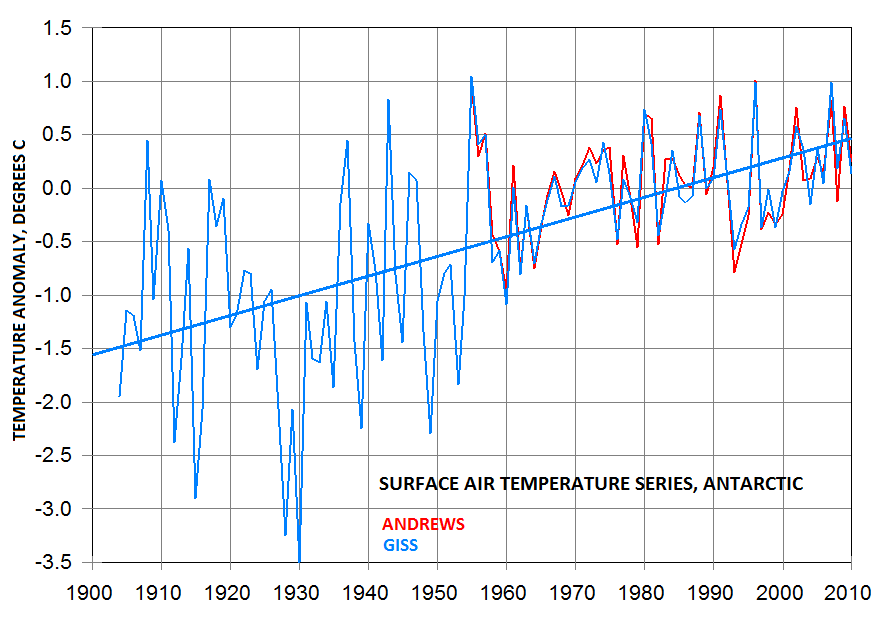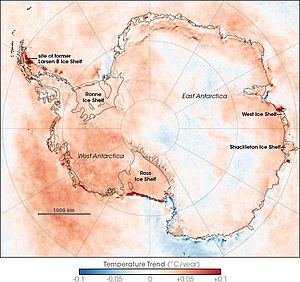ScienceRocks
Democrat all the way!
- Banned
- #1
Antarctic sea ice 2016: Historic lows
Mark Brandon • November 24, 2016 • Leave a reply
Antarctic sea ice 2016: Historic lows
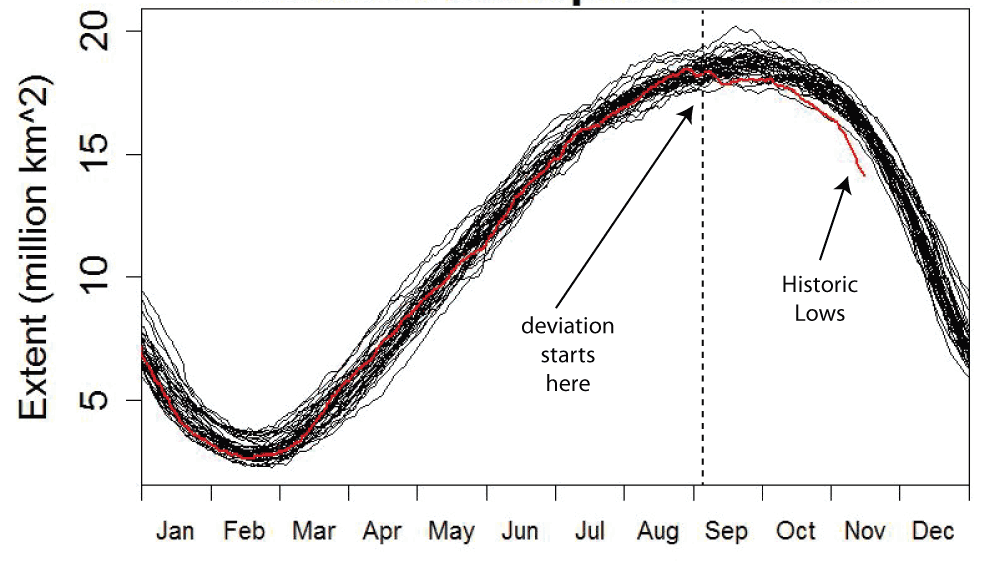
The annotated seasonal extent of sea ice in the Southern hemisphere. From Tamino's post Sea Ice, North and South.
Well, there goes Antarctica argument the loserterians had.
Mark Brandon • November 24, 2016 • Leave a reply
Antarctic sea ice 2016: Historic lows
The seasonal cycle of sea ice extent in Antarctica has been fairly stable over the length of the satellite record. There is a slow growth of sea ice from a minimum of ~3x106 km2 in February to a maximum of ~19 x106km2 in September in February before a relatively rapid fall in the Antarctic spring.
But this year something different is going on.
Below is Tamino's image for the Southern Hemisphere, the red line is 2016 up to 16 November 2016.

The annotated seasonal extent of sea ice in the Southern hemisphere. From Tamino's post Sea Ice, North and South.
From January up to September the sea ice extent follows all previous data.
But what happened in September?
After that date it dipped low, to reach historic lows by the end of October.
Well, there goes Antarctica argument the loserterians had.


